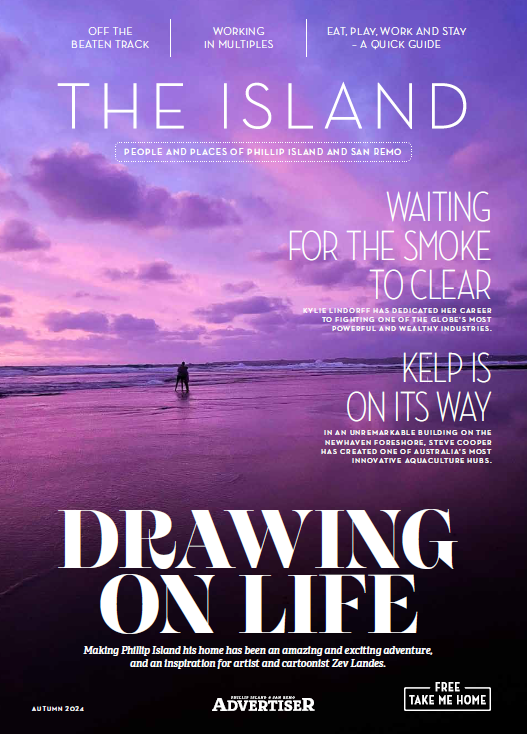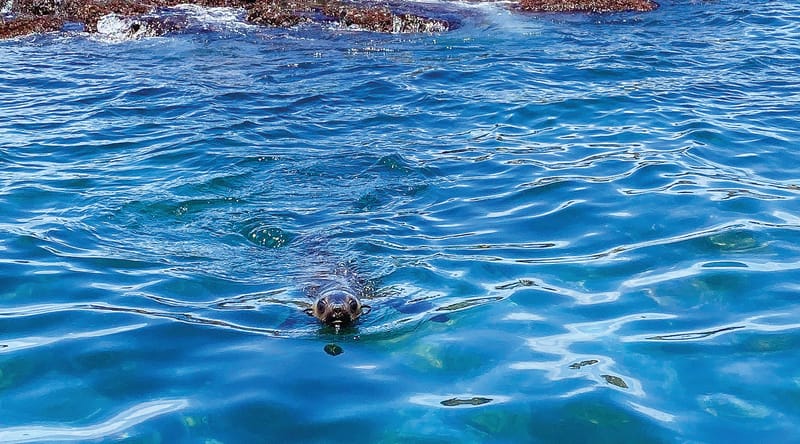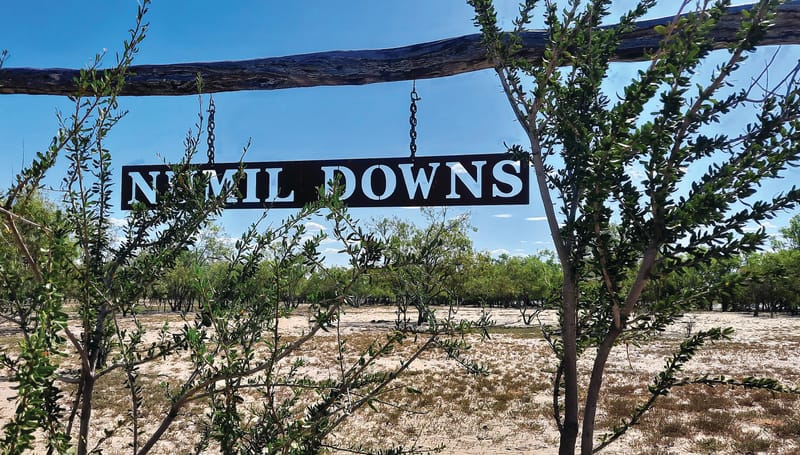Dinosaur delights for local author
The last three years of the pandemic have been strange for everyone says author Chris Flynn. But at least he’s had a dinosaur to keep him company!
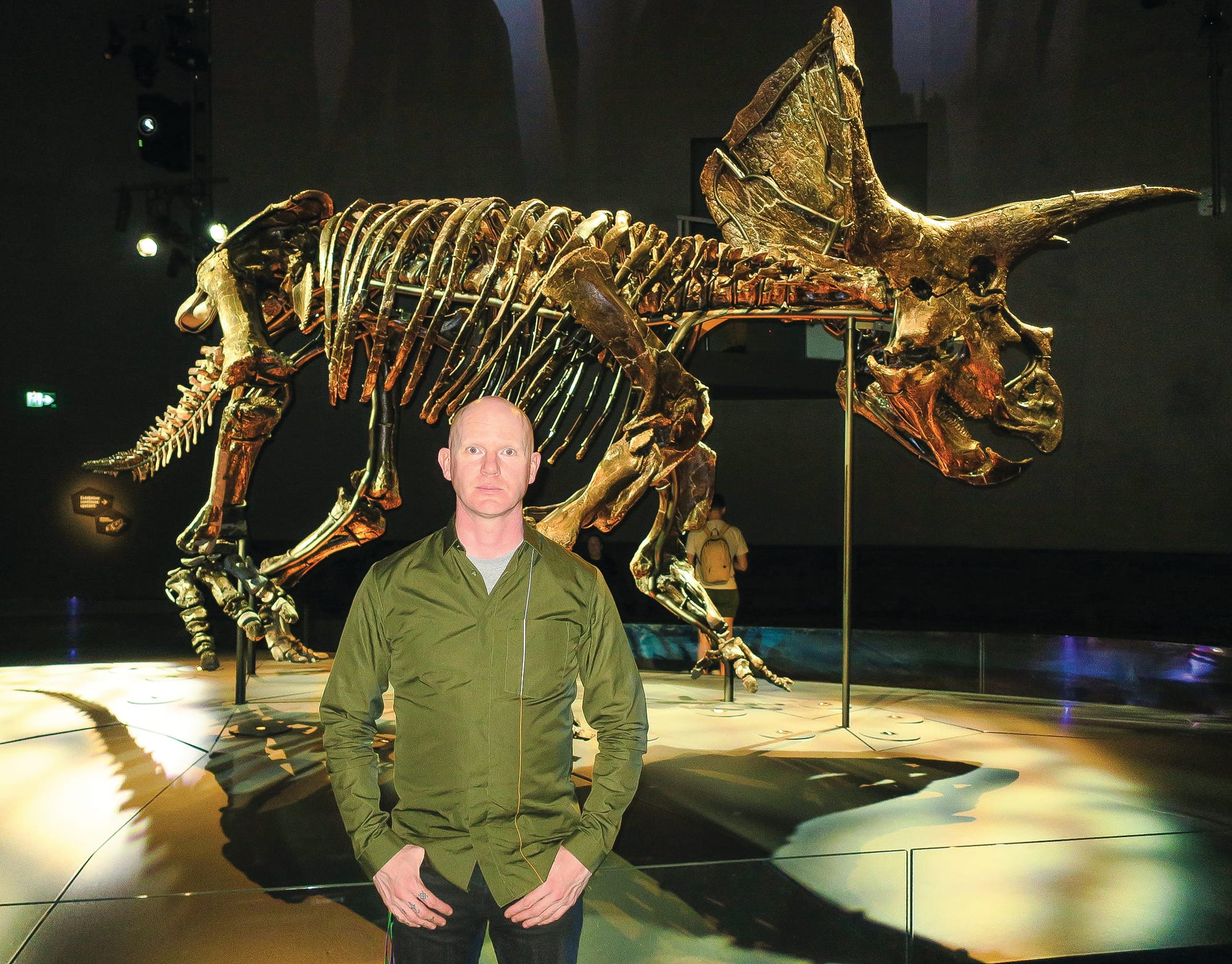
The last three years of the pandemic have been strange and difficult times for everyone says author Chris Flynn. But at least he’s had a dinosaur to keep him company!
The Phillip Island based writer is no stranger to dinosaurs, but even he’s surprised by the recent turn his life has taken. He’s now the Editor-in-Residence at Melbourne Museum and has helped bring to life the story of the most complete triceratops fossil ever found.
In 2020, Chris released his third novel “Mammoth”, narrated by a 13,000-year-old extinct mammoth, which tells the story of how the skull of a Tyrannosaurus bataar, a pterodactyl, a prehistoric penguin, the severed hand of an Egyptian mummy and the mammoth came to be on sale at a Manhattan auction in 2007. “It did remarkably well, considering it is so odd,” Chris said. “It didn’t occur to me that lots of palaeontologists and museum people would read it.”
But read it they did … and the book helped pave Chris’ path to the Melbourne Museum. In April 2021, out of the blue, Chris received an email from the Head of Exhibitions at the museum. “He said they were all big fans of Mammoth and asked me to come in to discuss some projects.”
Initially, Chris thought they might be interested in stocking the book at the museum shop. But it turned out to be a much more exciting proposition. “At the meeting, there were all these people staring at me and smiling … and then they said, ‘We bought a triceratops’,” Chris said.
The dinosaur, named Horridus, would become a feature exhibit at the Melbourne Museum – the most complete real dinosaur fossil on display at any Australian museum. “They wanted to produce a suite of books to accompany the exhibition and were also thinking of creating a voice and character for the dinosaur, so it could interact on social media.”
Given Chris had already created a voice for several prehistorical artefacts, it was a perfect fit. He was initially hired to create a “style guide” for a voice and character, including how the triceratops would talk, what it liked or disliked, what it would be interested in.
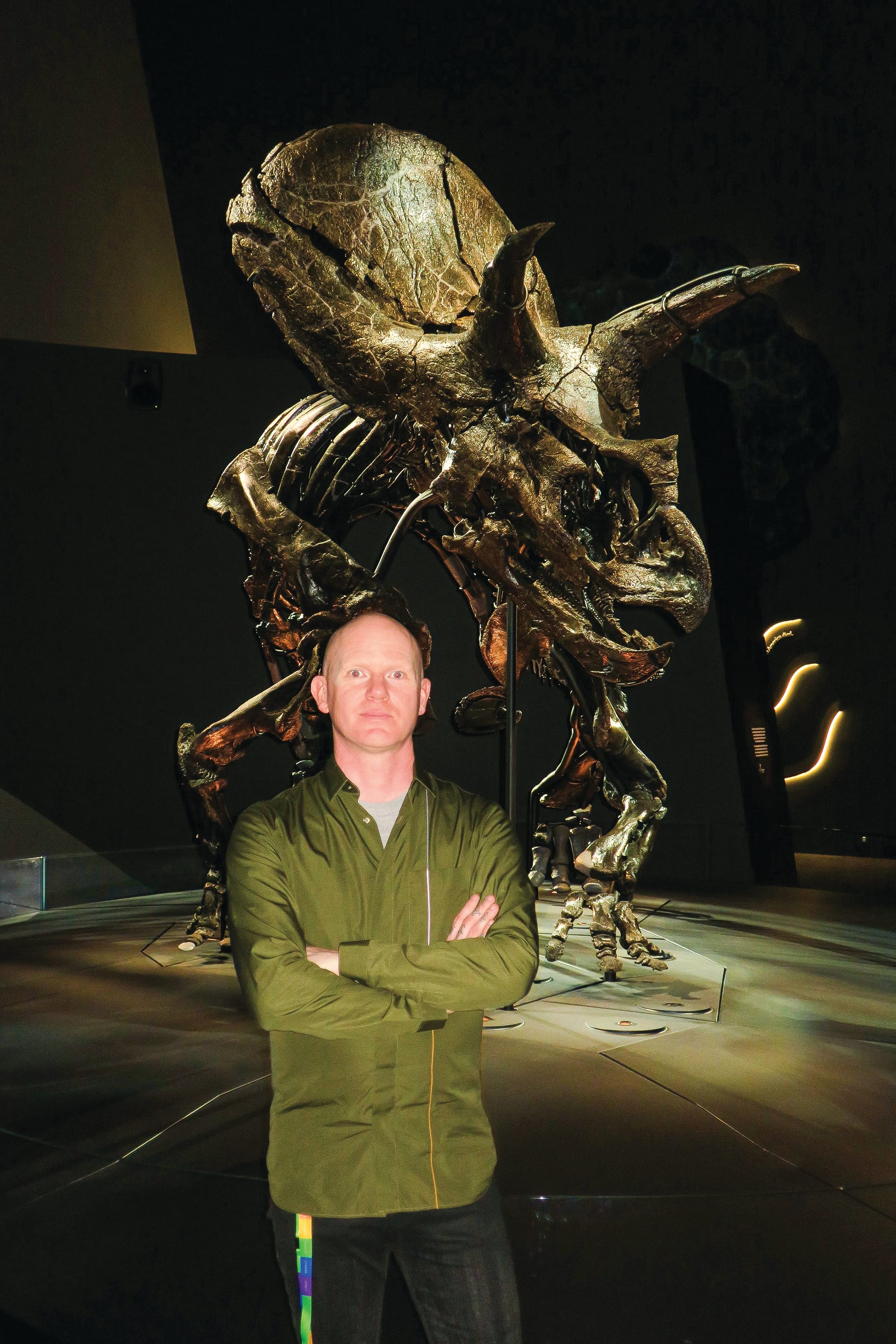
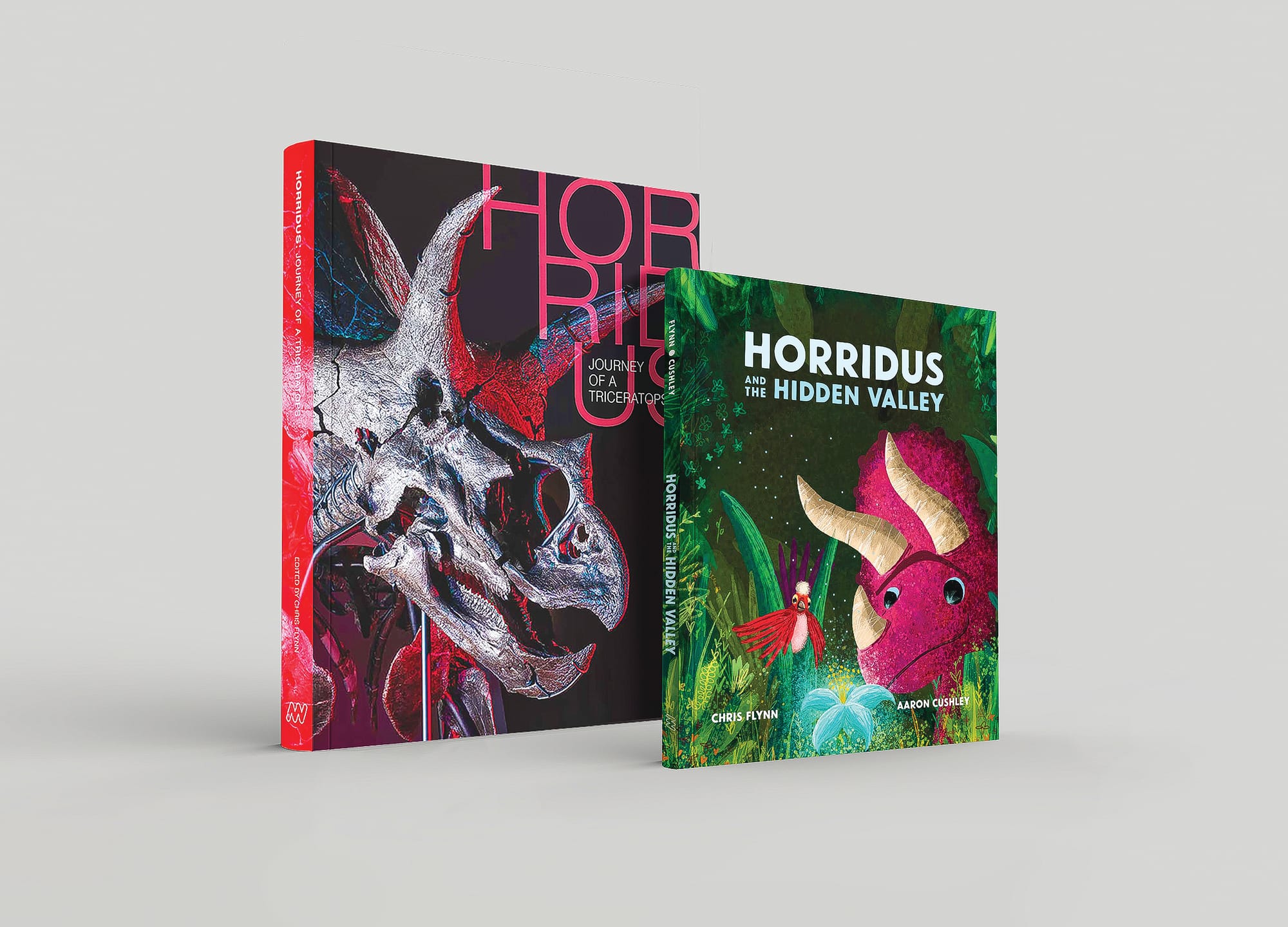
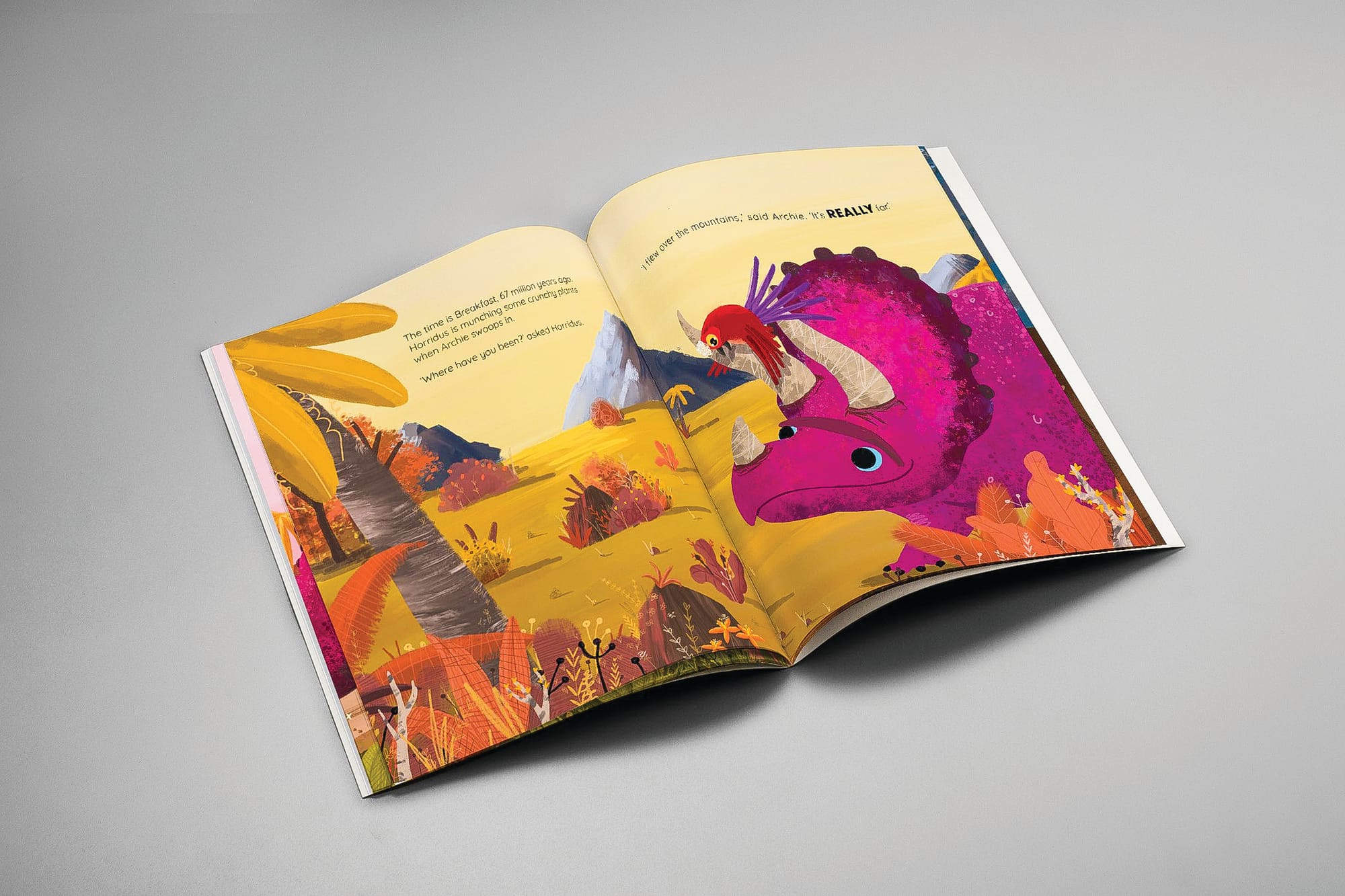

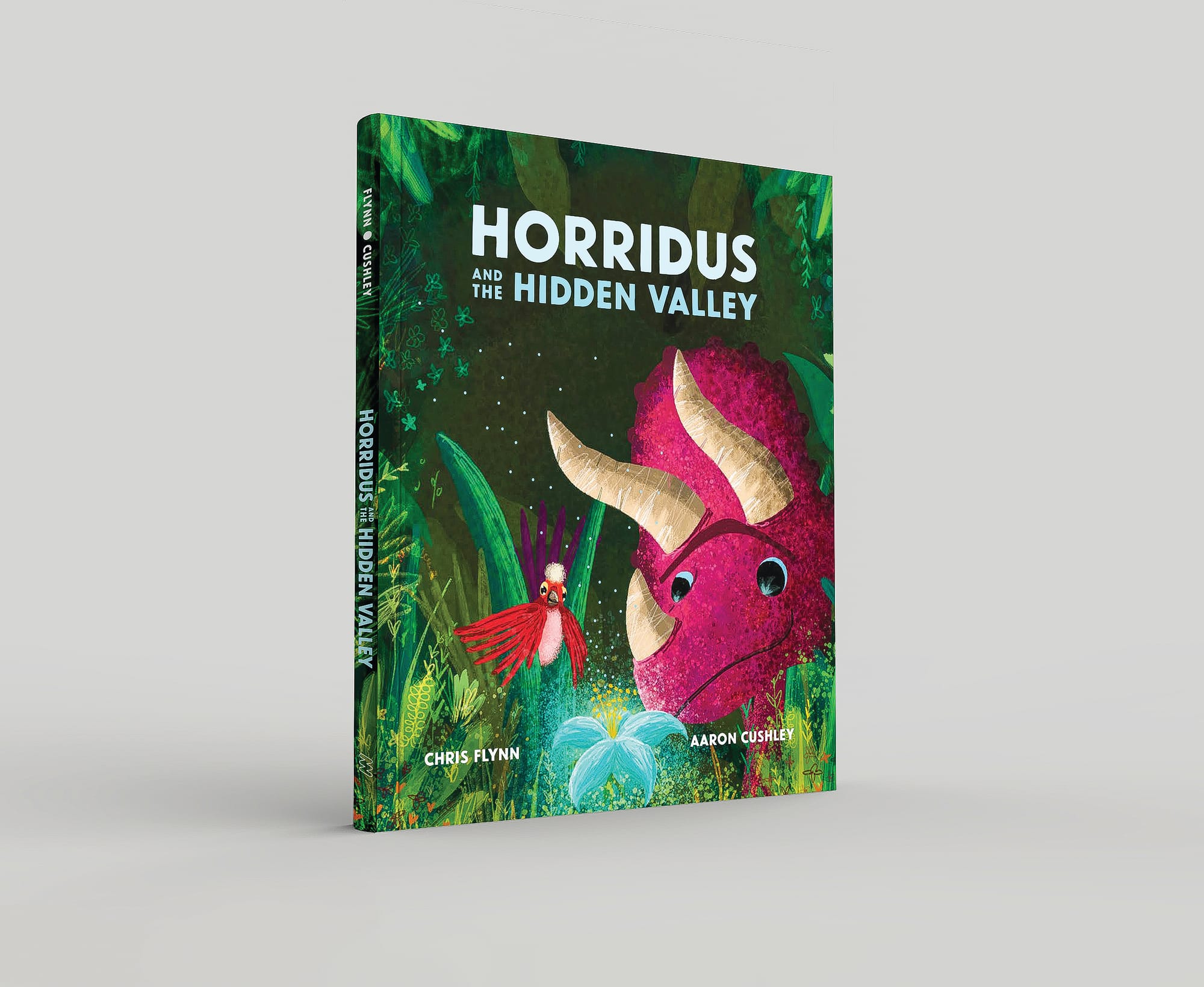
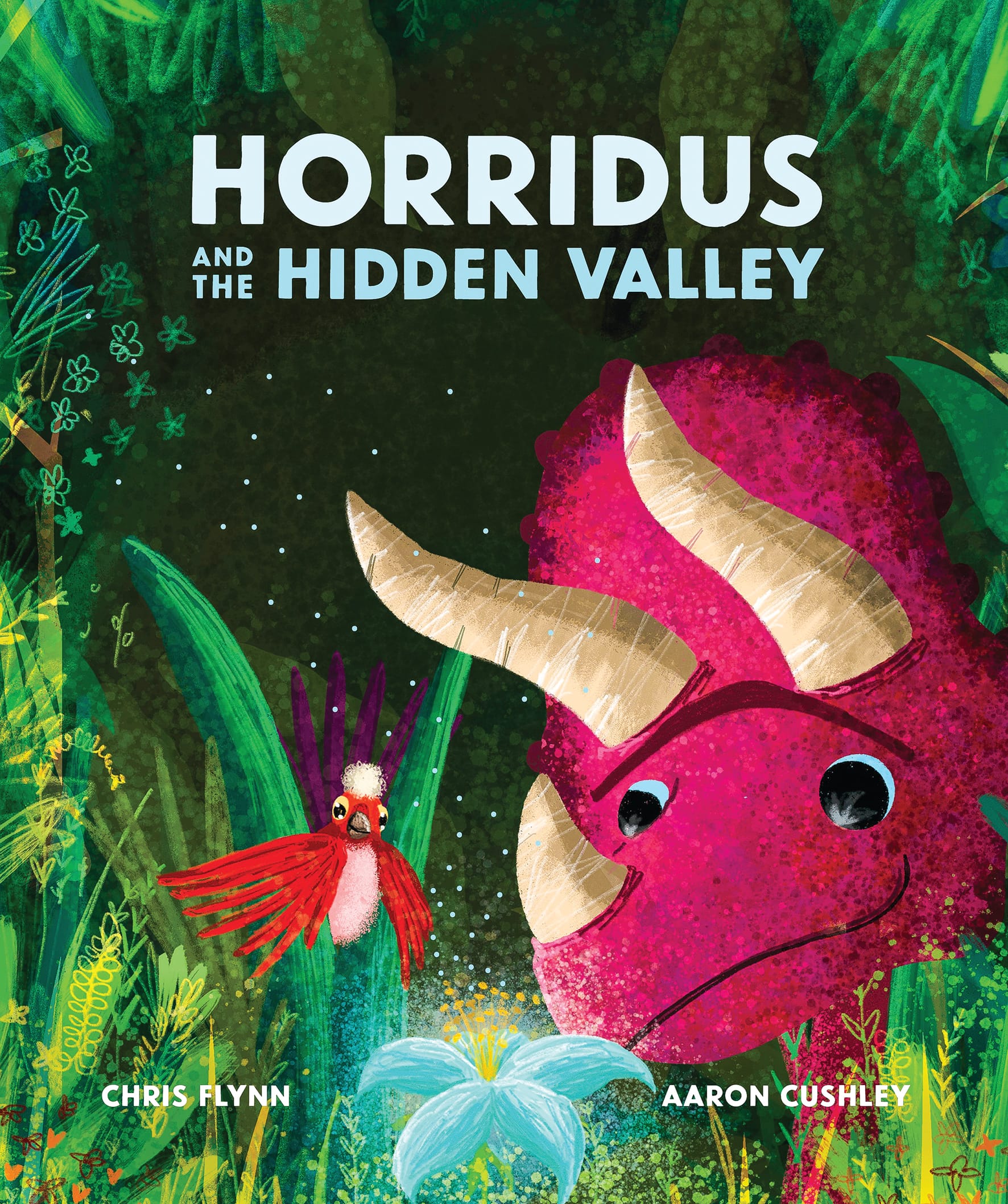
Once that was complete, his role soon expanded to include writing two books for Horridus. And the newly purchased dinosaur was an extraordinary tale. “This is the most complete triceratops ever found, it is 87 per cent complete. The skull is 99 per cent complete.”
The fossil was found in a creek bed in Montana by a palaeontologist called Craig Pfister. “They think it had probably fallen in the river and drowned, then lay there for 67 million years,” Chris explained. It was lifted out of the ground in its rock, which is known as a field jacket, then taken to Dino Lab in Canada, a company that specialises in cleaning and removing fossils from rocks. From there it was packed and shipped to Melbourne.
Along the way, every step in the process was photographed and documented. “I think it’s the most photographed dinosaur in the world,” Chris quipped. He was tasked with capturing all this in a coffee table book (“Horridus – journey of a Triceratops”). He also worked with illustrator Aaron Cushley, to create a children’s book: “Horridus and the Hidden Valley”.
When the exhibition finally opened in March 2022, the response was amazing. “On the first Monday of the Easter school holidays, 5000 people came through the museum,” Chris marvelled. “Some people burst into tears when they see it. There’s something powerful about the fact that we share the same planet as a creature like that.”
Alongside his museum work, Chris found time to write his latest book “Here be Leviathans”, a collection of nine not-so-short stories, which came out in September. The stories are all told from the point of view of non-human things, including a grizzly bear, a hotel room and an airline seat.
Chris said telling stories from the point of view of non-usual narrators gives him a “different viewpoint of the world” and inanimate objects can say things that humans can’t.
“There’s a brutal assessment from these objects,” he said. “Us humans, we need someone outside of us to say – ‘hey, you’re stuffing this up'.”



